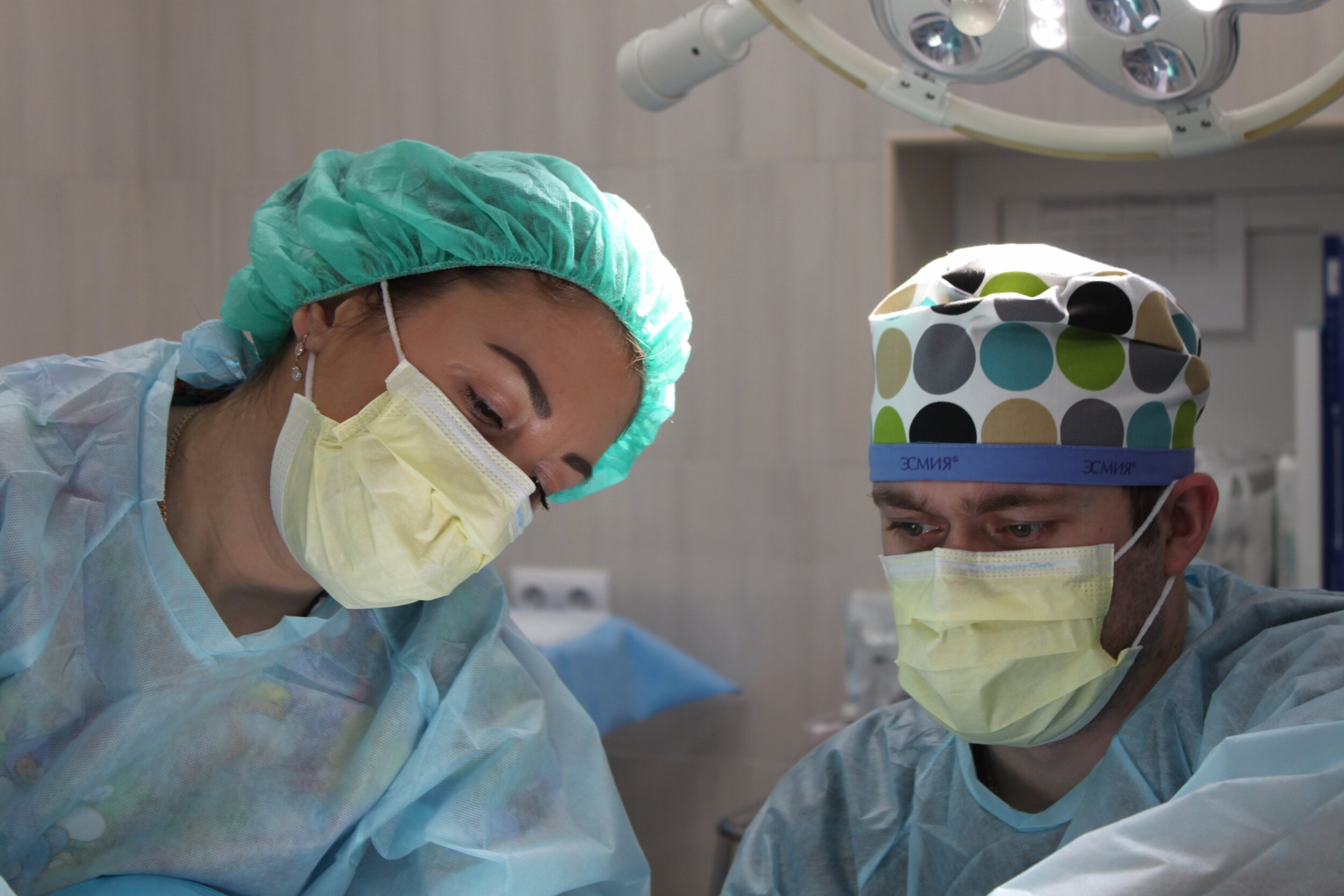
Charge Entry and Claims Submission
The core of the revenue cycle is in coding, charge entry, and submission of clean claims
Medical Coding, Charge Entry and Claims Submission
The focus of the middle-end revenue cycle services is to improve the first pass rate and correct any issue with claims along with the submission. Services that are part of the middle-end revenue cycle are medical coding, charge entry, claims submission, and rejection management (Work Edits). We have created a medical coding center of excellence and have described the service in detail here, Read more about our charge entry, claims submission, and rejection management (Work Edits) in the sections below
Charge Entry Services
When Patient Satisfaction depends on enabling patients to see the right doctor at the right time, trust us to provide your patients with the best-in-class scheduling services.
While the charge entry process appears to be relatively straight forward, the process is prone to errors - errors in developing fee schedules, auditing the processes charge entry transactions, and lack of clear work instructions for the process are some of the issues typically encountered in charge entry transactions.
Charge Entry for Inpatient Settings
The inpatient charge entry process is often poorly designed. The physicians initiates the charge entry process by capturing the service on a card or a hospital face sheet. As it is quite likely that physicians forget to record each procedure or consultation, there is a high potential for revenue leakage. With dedicated support staff, and ongoing evaluation of the procedures, such revenue leakage can be arrested.
Charge Entry for Surgical Procedures
The charge entry process for surgical procedures or office procedures, is often, well run. Dictated reports are used as the source document which have been reviewed by certified coders are used for the charge capture process. Due to the well defined nature of the process, the charge entry team is able to ensure that all procedures that have been performed and documented are billed.
Charge Entry for Office Visits
The office visits are the easiest to capture charges for. Each visit is associated with an encounter form, also known as a super-bill. Often, the physician marks the procedure / consultation on the super-bill, which are then coded for by the coder. Opportunities to improve charge entry process exist in ensuring that a) no patient visits are missed, and all ancillary services and supplies used are accounted for.
Ascribe’s Charge Entry Process
Our proficient charge entry professionals capture charges within 24-48 hours from the date of visit.
Scanned images of superbills, charge tickets, and medical records are made available by our customers on an FTP server, or EHR/EMR system
We review and/or enter the information related to the patient’s demographics, provider information, and insurance information.
We enter charged for all services provided - office, inpatient visits, consultations, procedures, surgeries, and all other services.
Audit of all entered charges is done prior to submission.
We also work with the provider’s office to develop fee schedule.
Benefits
Ascribe Healthcare’s Charge Entry services provide the following benefits:
Improved compliance to timely filing guidelines by turning around charge entry transactions in 24-48 hours.
Improved productivity and accuracy of the charge entry process
Periodic utilization of coders in the charge entry process to ensure coding errors are identified and systemically corrected
Periodic process audit to eliminate instances of missed charges.
Understanding of denial trends and bench marking of fee schedules to understand the gaps is undertaken as a focused exercise based on requests from providers
Claims Submission
Improved first pass rates go a long way in reducing days in A/R.
Claims Submission involves submitting completed claims through the practice management system. The claim is submitted via a clearinghouse to a payer. Some cloud-based revenue cycle systems have direct interfaces with most leading insurance companies. We submit claims daily on behalf of the healthcare providers and combine them with any re-bill or secondary claims.
Rebills are claims that are being resubmitted because there was an error on the first submission. We analyze the issues with first submission and strive to ensure that the issues do not recur.
Secondary claims are claims that are submitted to secondary payers. This occurs when the patient has another insurance carrier in addition to a primary insurance carrier, and the practice has agreed to submit a claim to the patient’s secondary insurance company after it has received a portion of the payment from the primary insurance company.
Claims Scrubbing
Most practice management systems have the functionality to “scrub the claim” i.e identify problems with claims before they are transmitted to the payer for adjudication. This helps in improving the number of clean claims and increases the percent of claims paid correctly the first time. Our team members analyze claims with errors and fix these errors prior to the submission.



